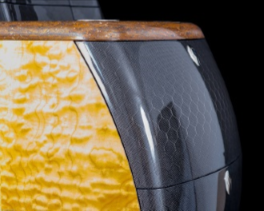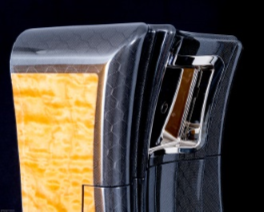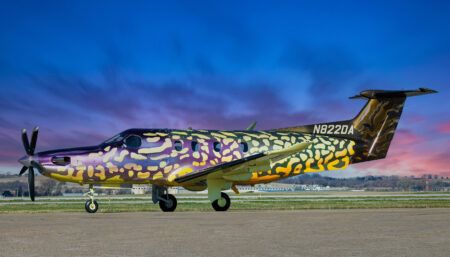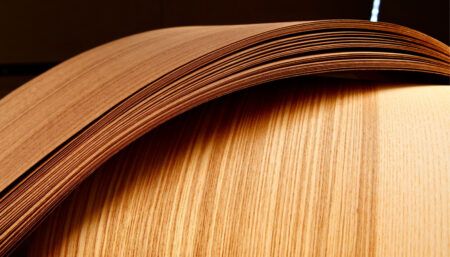Brian Arni of Leading Edge Composites gives an alternative view on the possibilities of incorporating carbon fiber in business jets
Is carbon fiber growing in popularity for business jet cabins?
Leading Edge Composites (LEC) has seen the use of carbon fiber in the cabins and cockpits of both fixed- and rotor-wing aircraft increase steadily over the past 10 years or so. We now see it approaching the status of a must have, for various reasons. At first, it was used mostly in utility, EMS (emergency medical services) and some VIP completions, strictly as a weight-saving option – it was used as a skin for the formed custom panels we manufacture. Now we are seeing demand for VIP finish applications exploding. Our customers have embraced carbon fiber for its adaptability, durability and now for its aesthetic characteristics.
How have you used it?
We’ve used carbon fiber on several items with complex curves and designs for VIP aircraft. Carbon fiber has been a core part of our business for 20 years now. The material’s strength allows greater flexibility in design and structures when used to manufacture complex interior monuments. When using carbon fiber as a finished veneer, it can subtly accentuate other materials and/or become the focus of a custom interior. Over the past year we’ve seen a big increase in the use of formed panels with a carbon fiber skin in VIP completions. This is because of the weight-saving requirements on some wide-body aircraft, and customers want to use it to create a unique high-end look.
 What other applications might be possible?
What other applications might be possible?
We are inspired by the unending creativity of the designs presented to us by our customers, and we’ve also produced some complex designs in-house. More and more we are seeing carbon fiber used as a veneer where previously wood or leather was used.
LEC has developed a pinless process to manufacture full monuments and other large complex items as single-piece units in any shape while incorporating a carbon fiber finish. When the carbon fiber is used with the formed panels, this frees the designer’s imagination and eliminates the restrictions and weight issues that are inherent in traditional panel-and-pin cabinetry construction for those complex monuments you see in most VIP completions. In addition, recent advancements in colored carbon fiber open a whole new universe of opportunities for use on any visible surface.
What advantages does carbon fiber offer over other materials?
When used as a veneer we feel advantages arise from the unique visual impact and the accentuation of other materials including wood veneers, leathers and metal edging.
For those customers who are looking away from traditional wood and leather, carbon fiber imparts a higher sense of technical sophistication and modernism that lends itself well to the high-tech aircraft environment.
 What are the challenges of integrating carbon fiber?
What are the challenges of integrating carbon fiber?
Given LEC’s 20-year background in designing, engineering and manufacturing composite parts, we have faced and overcome many of the challenges that others are dealing with today and have processes already in place to complete large-scale complex items.
Carbon fiber starts as a fabric and has the flexibility to be adapted to any shape. Due to the complexity and technology required to shape the carbon fiber into a hardened veneered state around complex curves, many customers in the past were forced to go with traditional wood veneer and leather. As everyone knows, in this industry the customer always wants their aircraft to be different from everyone else’s, and we now have the capabilities to address that demand.
Having the ability to provide the customer with weight-saving solutions that are also finished in carbon fiber has truly opened the door to the fixed-wing VIP market for LEC.
Brian Arni is president, COO and co-founder at Leading Edge Composites





